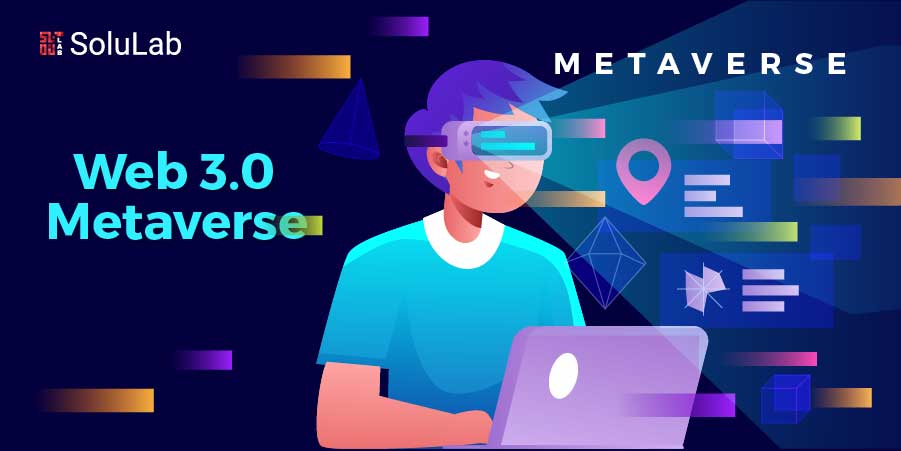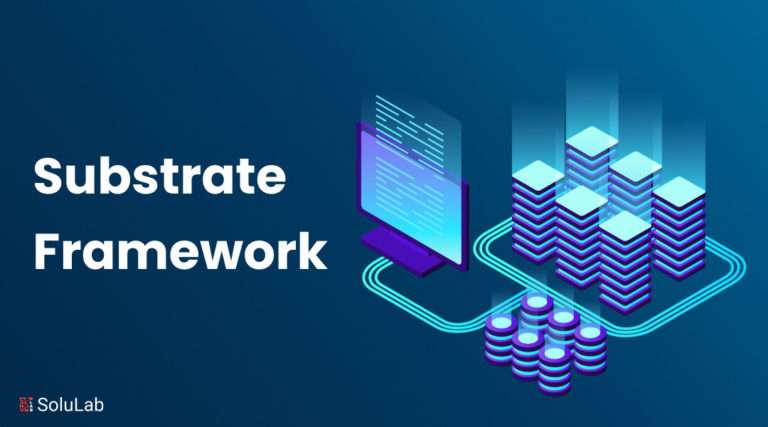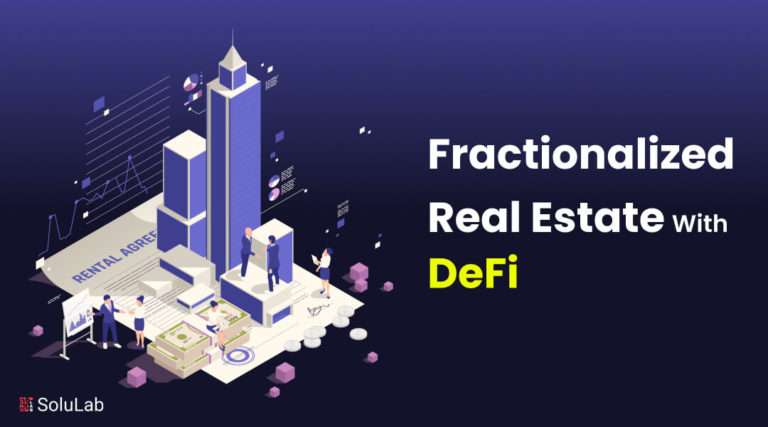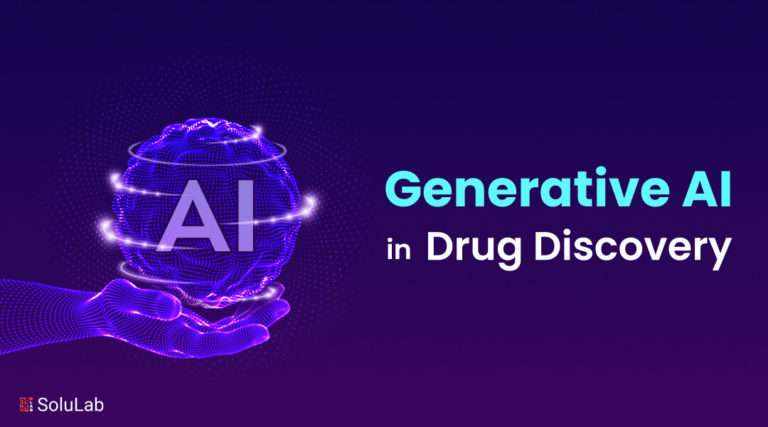
Table of Contents
INTRODUCTION
Today’s internet is radically different from the sluggish, text-dominated one we all thought was the bomb in the 1990s, and tomorrow’s internet will be a major paradigm bender.
Most probably you have heard the terms “Web 3.0” and “the metaverse” thrown around, assuming they are the same, but they’re not the same thing.
Understand what web 3.0 and metaverse are, their technological clash and amalgamation of each other and how they can power the future internet.
WHAT EXACTLY IS WEB 3.0?

As we all know, necessity drives invention. As a result, the concept of Web3 or Web 3.0 purports to answer the following questions:
- How do you feel if a bot can decrypt your data?
- What if it can identify individuals, companies, products, and data?
Web 3.0, on the other hand, is a concept for the future generation of the internet. It’s the increase in user control and ownership of their works, online material, digital assets, and online identities.
And we are presently witnessing Web 2.0. Companies produce and provide goods and services in a centralised manner. As an example, consider Instagram. Do you believe you own your Instagram content? No, the corporation owns everything on the site and has complete control over all of the content created by users. They can ban or block you if they so desire.
Fortnite, a popular online game, is another example of players having no control over their own in-game identities. Users in Web 2.0 cannot manage or monetize the material they create.
More than 2.5 billion players around the world have been duped into believing they control their in-game assets. They don’t have control over it.
However, with Web 3.0, users can generate content while owning, controlling, and monetizing it through the use of blockchain and cryptocurrency. This is what makes NFTs possible. I’m sure you’ve heard about it.
Online services can be connected using p2p networking which is a decentralised network. With this, users can own their data and conduct permissionless and peer-to-peer transactions, eliminating the need for middlemen and allowing anybody with an internet connection and cryptocurrency wallets like Metamask to participate. The full management of digital identities, as well as how and when data is shared, is thus restored to users with various online apps via their private keys.
The world is dashing towards Web3. The internet of assets:
- From AWS to IPFS
- From LLC to DAO
- From Chrome to Brave
- From your bank to Metamask
- From centralized systems to decentralized blockchains
- From Facebook to Steemit
From Eve Online to Star Atlas
Another difficulty with the contemporary Web 2.0 internet is data privacy. While the centralised entities have complete control over service access, they do not have complete control over the data of the users. However, Web 3.0 is decentralised so no single entity has control over access to the service because it is available to everybody. Web 3.0 is ungovernable so the users can have absolute control over their data. But you have to take responsibility for your data theft if something happens to it.
I believe web2 has realized this and is already transitioning to Web3. Twitter, for example, has begun to implement NFT profile pic verification.
We’ve recently seen some amazing new consumer behaviours develop from Web 3.0 initiatives, such as the rise of non-fungible tokens (NFTs), play-to-earn (P2E) games, and gamification.
Decentralized Autonomous Organization (DAOs).
Web 3.0 is a new generation of internet which is a collection of rules and standards that apply to every internet user. As a result, rather than being limited to certain apps, web 3.0 would be usable across the entire internet.
WEB3 IS BIGGER THAN BLOCKCHAIN!
Web3 is an effort to create a decentralised system for everything, including money, regulations, ownership, entertainment, and identification. There is no corporate stealing your data and selling it to advertising if you use Web3 as intended.
One of the current business ideas that are attracting investors is the conversion of old economic and legal institutions to blockchain-based solutions.
Bitcoin has established itself as the dominant force in the cryptocurrency market. Ether is another well-known cryptocurrency.
Crypto exchanges make cryptocurrency trading easier. For example, Coinbase with a $67 billion market value.
Companies developing Web3 infrastructure, in our opinion, are worth investigating. If their answers to Web 2.0 challenges acquire traction, they may become household names in their own right.
Outlook: The future of Web3
There is still significant innovative work to be done in order to accomplish the idea of a decentralised Web3. Having said that, the Web2 did not appear overnight. In a span of 30 years, it has advanced from an economy of information to a platform. The economy of tokens is the next natural step in evolution.
It is unclear how this evolution will proceed at this time. In the medium term, decentralised protocols will most likely coexist with centralised systems and continue to acquire market dominance. They currently manage billions of dollars in assets. While this is minor in comparison to the traditional financial business, it is significant, and growth is ongoing.
The journey from Web2 to Web3 is going to be a progressive result of innovation. In the long run, it will be evident which technology and business strategies are superior. Finally, we will live on a new planet.
For early investors, there are opportunities. In contrast to Web1 and Web2, where most entrepreneurs and venture funders benefited, Web3 benefits everyone more directly. As such, Web3 is a vital instrument for achieving greater financial independence for all.
SO, WHAT IS THE METAVERSE?

Facebook rebranded itself as “Meta,” to catapult the Metaverse into the mainstream. The Metaverse is not yet a physical reality, but it is envisioned as a 3D immersive environment in which we will spend substantial time socialising, working, entertaining, learning, and so on. It integrates VR, AR, MR, gaming, cryptocurrency, social media, and a variety of other technologies.
Simply said, the Metaverse is a new method for people to engage with the internet, converting it from 2D to 3D. Instead of surfing and interacting with web material on 2D screens on computers or mobile phones by clicking and flipping through different sites and tabs, web content is transformed into three-dimensional objects. Consider internet gaming, as opposed to playing games on a 2D webpage. The website is turned into a 3D environment in which users may move around, communicate with other users, and play games as in-game avatars. Users can engage with web information and immerse themselves in the virtual space. Users can even enjoy a visually and physically realistic experience by integrating virtual reality goggles.
Enhancing the appeal of online games
The majority of Metaverse games are now decentralised and feature an integrated economic architecture to support play-to-earn gaming. Users in such games can use NFTs to buy, trade, and swap in-game assets. In addition, the thought of avatars exploring the vast virtual environment appeals to users.
Offering a Virtual Tour Experience
Travelling is a crazy thriller experience, but not everyone has the opportunity to visit their favourite destinations. So Metaverse can help digitally see places they can’t physically visit. Using the combined capabilities of the Metaverse, AR, and VR, an ultra-modern virtual world with a first-person experience is being built.
The Metaverse’s prospective uses are predicted to be a developing dimension that integrates social media, work, entertainment, gaming, and education into a single platform by mimicking our real-world actions.
Get Monetized
Many people are intrigued by the Metaverse. Some are developers hoping to use the ecosystem to build business-specific products, while others are looking for methods to make money. Fortunately, the Metaverse can meet both sides’ requirements. With the help of Metaverse, anyone can build a relevant project on it. Similarly, ordinary users in the ecosystem can generate and exchange NFTs to make money.
Virtual Retail & Business
Technology provides new opportunities for businesses to sell their services and products more effectively. Businesses are moving away from the two-dimensional surface of e-commerce and into lifelike virtualized locations for a more immersive experience, thanks to the expanding use of the Metaverse.
E-commerce entrepreneurs can connect with merchants in a virtual arena and undertake trade formalities such as goods inspection, negotiations, and deal closing. Furthermore, rather than relying on digital marketing tactics, firms can have a direct impact on customers by developing engaging and realistic marketing materials.
Metaverse technology, in conjunction with a number of novel business concepts, aids in the creation, ownership, and trading of digital assets as well as tokenized versions of real-world assets, hence empowering cryptos and NFTs.
WEB 3.0 V/S METAVERSE:
Objective
Web3, a significant upgrade of web2, is the next-generation technology that seeks a democratic and decentralised online environment. An individual user, not a tech behemoth, can be a shareholder or owner. In web3, the user does not need permission to follow predefined rules. The Metaverse system aspires to provide users with a 3D world of virtual reality.
Application
Web 3.0 is the process engine that utilises blockchain advancements. The Metaverse is a new dimension that encompasses health, gaming, film, concert, entertainment, social platforms, education, and virtual training approaches that make use of Web 3.0 technology to achieve their objectives.
Fundamental difference
A variety of significant technologies that help in the running of the whole ecosystem may be found in the Metaverse. The Metaverse requires connectivity, interfaces, decentralisation, a creative economy, and sophisticated technology. The goal of Web 3.0 is to establish a decentralised web-based only on blockchain technology. Users can connect to internet services using blockchain, which is governed by a world of decentralised peer-to-peer networks.
Portraits of Metaverse and Web3
The metaverse is a three-dimensional universe in which you can interact with three-dimensional companions, items, and locations. You may start playing with your buddies on the creator’s turf, for example. Web3 users may grow, own, sell and purchase their content and can even charge money for their work.
Perception of different ways
While Web 3.0 is concerned with who will rule and regulate the internet in the future (tech behemoths or individuals), the Metaverse is concerned with how users will interact with it. A sizable portion of the population increasingly uses computers, cellphones, and tablets to surf websites and access apps. Proponents of the Metaverse believe that people will use Virtual Reality (VR) technology to access the internet tomorrow, navigating between virtual domains as digital avatars. By using the blockchain system for both of them one after the other, data is owned, open, well-distributed, and jointly owned by peer-to-peer networks, but it is different in the scenario where one may find to conduct business using VR, and another allows contributors to own their data.
Basic Technology
Let’s put together a list of the fundamental technologies behind the web3 process: blockchain, decentralised autonomous organisations, and cryptocurrencies. The crypto body developed as the world’s first decentralised move toward web3 technology. The Metaverse, on the other hand, is founded on AR, VR and 6g foundations (at the budding stage).
Ownership battle
The goal of web3 is to keep the internet out of the hands of tech behemoths and make it public property. The crypto world bitcoin market is one of the most successful instances. On the other hand, tech behemoths are already reforming or attempting to purchase metaverse enterprises in order to govern this environment. Experts, on the other hand, assured that public internet regulation would make it difficult for companies to manage the meta world.
HOW DO WEB 3.0 AND THE METAVERSE CONNECT?
The Web 3.0 and Metaverse aren’t the same but they’re not opposing the visions of the future internet either.
There are special features which allow the digital artist to create their own avatar and outfit. This can also help people maintain their anonymity and explore this virtual realm of wonder. For example, selling an avatar with a costume can help you earn money. The sold item’s costume ownership will then go to the buyer, if duplicated then the user will be banned.
The metaverse has a huge amount of potential to change the way we work, socialise, and interact online.
As per the report of Intel, computers will need to be 1,000 times more efficient to support the metaverse, there is huge room for improvement when it comes to creating a comfortable, affordable VR headset.
In future, there’s also a potential chance of Web 3.0 being accessed via computers and cellphones rather than VR headsets.
If the metaverse corporealizes, then which system is it going to follow? Well, it can either follow a centralized, decentralized or hybrid of both systems.
Facebook – the sort of centralised corporation Web 3.0 intends to cripple – actually changed its name to “Meta” to showcase its intention to build and commercialise the metaverse. Then there are metaverses, such as Decentraland, where users create and own everything.
The assets for sale in the metaverse could be developed by digital artists who see the new internet experience as a way to finally earn a profit — or by large corporations like Nike and Gucci who see the metaverse as just another cash stream.
Multinational corporations like Nike and Gucci creatively used metaverse as a cash stream. This is a new internet experience as well as a way to earn money for all digital artists.
THE BOTTOM LINE
Although Web 3.0 has laid the groundwork for NFTs, DAOs and P2E games, giving them explosive growth recently. There is still a lot of room for the full amalgamation of Web 3.0 and Metaverse enabling the most immersive experience.
The Web 3.0 & Metaverse is in the process of developing a new open and decentralised global reality manifesting in virtuality.
Explore the new and open decentralized realm with the help of Metaverse and Web 3.0






